
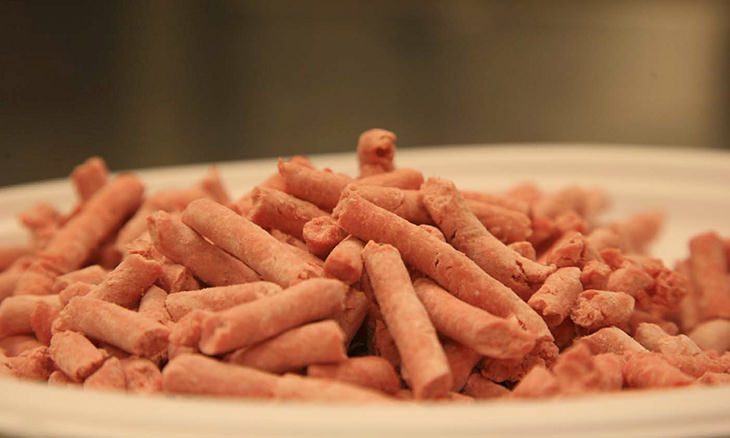
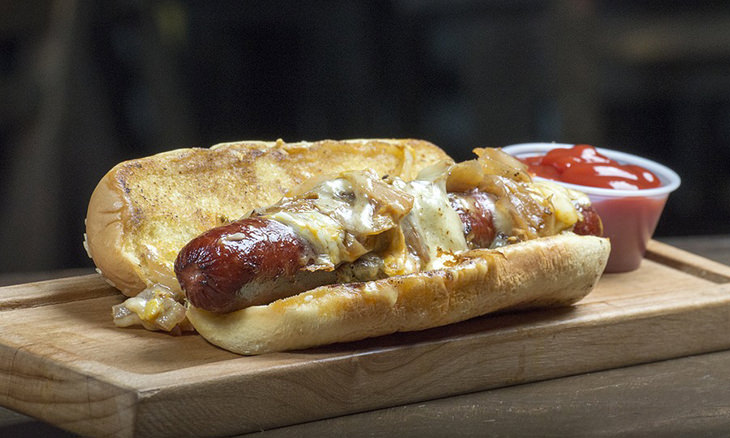
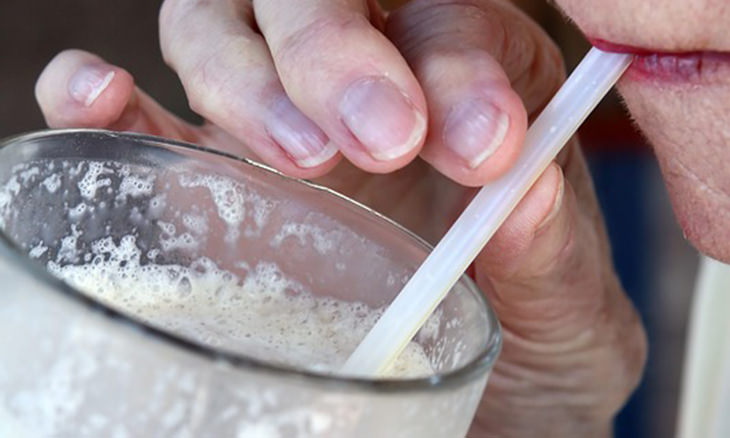

Shellac is the stuff that’s usually used to coat jelly beans. The rather gross thing about it, however, is that it’s made out of a secretion made by the female Kerria lacca insect, which is found in India and Thailand. Shellac is often described as confectioner's glaze or food additive E904 on food labels.



Seeing as figs are actually flowers as opposed to being fruits, they need to be pollinated, and that’s where the warm and fuzzy fig wasp comes in. Female fig wasps lay their larvae inside of male figs, then die inside of them before relying on her female babies to burrow out and continue the cycle.
The only problem is that they end up reproducing inside female figs, which can’t support a wasp’s reproductive cycle, resulting in them dying there. Luckily, female figs have the ability to break down a wasp carcass using an enzyme called ficin.

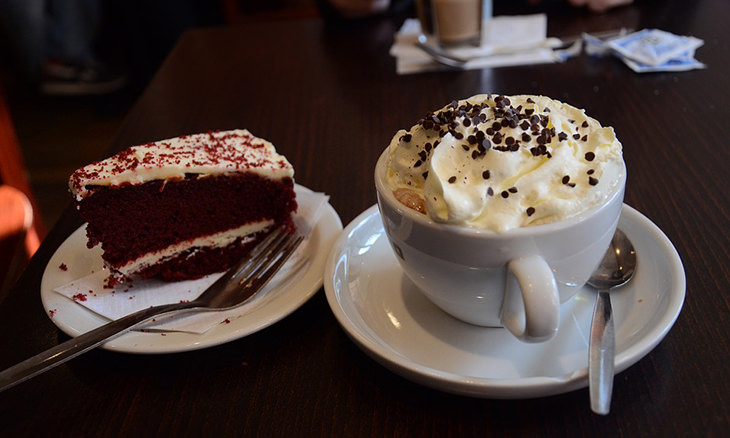
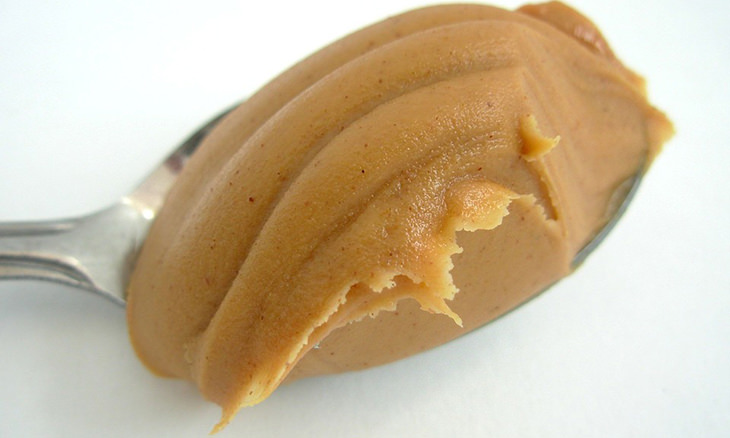
 5:20
5:20
Exploring the Fascinating History of Popcorn!
exploring the history and evolution of this irresistible snack - popcorn!

Prevent Cancer By Avoiding These 5 Diet Mistakes
More and more large new studies confirm the relationship between a poor diet and the risk of developing certain cancers. Americans frequently make these 5 main bad food habits, and they can potentially cause cancer.
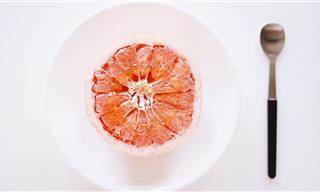 12:55
12:55
Make 8 Super-Simple Yet Healthy Treats
Discover how to transform simple ingredients into delicious, healthy snacks.

14 Genius Cooking Hacks You’ll Wish You Knew Sooner!
Try these awesome cooking hacks today to make your life easier.

The Low-FODMAP Diet That Effectively Handles GI Problems
Have irritable bowel syndrome or bloating after meals? The FODMAP Diet may be the one that will help you get rid of the unpleasantness once and for all!

Upgrade Your Favorite Foods With this Common Ingredient!
How to use baking soda and drinking soda to upgrade different foods.
 6:07
6:07
These Quick Snacks Are Proven To Be Healthy and Cheap
A video from John Hopkins University shows us that healthy food doesn't have to be a burden on your bank account or your watch. These easy and affordable snacks can help keep you moving.
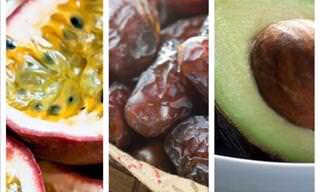
You Do Not Need Outdoor Space to Grow These Common Fruits
You do not need any outdoor space to grow these delicious, common fruits.

These Pies Are Truly a Feast for the Eyes and the Stomach!
If you love pies, then you absolutely need to check out these incredibly beautiful pie crusts, which are utter masterpieces.

Surprise Your Sweetheart With a Valentine’s Day Breakfast
All of these recipes are simple in preparation, but very different in taste and food preferences. Find the perfect one for your special someone...
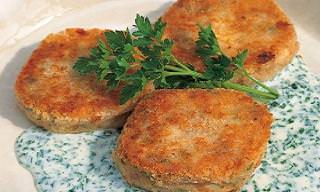
Whet Your Appetite with These Delicious Salmon Fish Cakes
Fish cakes can be served as a starter or a main course, this recipe will teach you how to make delicious salmon fish cakes.

15 Warming Soup Recipes Perfect for Cold Weather
If the cold days are upon you and you’re ready to treat yourself with a special, yet very healthy meal, prepare one of these 15 warming soups

GUIDE: Which Pasta Shape Works Best with Which Sauce?
Pasta shapes aren't just a matter of aesthetics, as different shapes lend themselves to different sauces. Here's what you need to know.
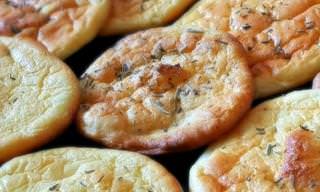
This Has to Be the Most Guilt-Free Bread Recipe Ever!
This cloud bread is carb, gluten and sugar-free. Despite those facts, it's still light, fluffy and utterly mouthwatering. Learn how to bake it today.

Make Much Better Eggs With These 10 Awesome Tips
You may think you're able to cook eggs well, but these tips will simply take your ability to a whole new level. Learn how to cook eggs right in this post.

An Italian's Secret to Making the Best Pasta
Follow these tips to prepare an excellent plate of pasta.
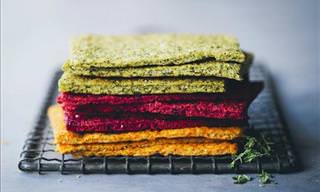
You Won't Believe What This Healthy Bread is Made of...
Wow, have you tried these new veggie flatbread recipes?! They are healthy, tasty, gorgeous and easy. Those are a few of my favorite things.
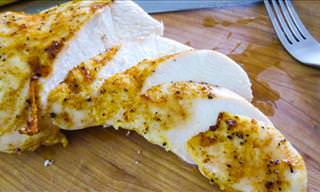
Cook the Juiciest Chicken Breasts Ever With This Recipe
Chicken breasts are easy to cook, but they need to be cooked properly to be enjoyed. This recipe will ensure you cook the tastiest chicken breasts imaginable.

Upgrade Your Favorite Foods With this Common Ingredient!
How to use baking soda and drinking soda to upgrade different foods.

13 Delicious Dishes You Can Make Using a Waffle Iron
I didn't think I could find so many ways to use a waffle iron to create delicious meals.

This Chicken Recipe Will Have Your Taste Buds Thanking You!
Looking for a delicious new and interesting recipe? Try this pineapple and hot pepper chicken and just wait for the compliments to roll in.
 4:58
4:58
The Long History of the World’s Oldest Hot Beverage
While tea was invented in China, it has spread to all corners of the world, becoming a staple everywhere it was introduced.

4 Heavenly Chicken Soups to Spoil Yourself with This Winter
Chicken is a common soup ingredient because of its ideal tenderness and taste. Presenting 4 of the many irresistible ways to make the chicken soup of your dreams.
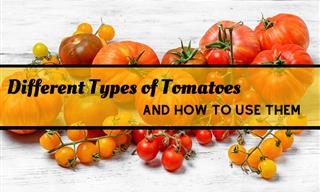
A Guide to 7 Unique Tomato Varieties and How to Use Them
Whoa! I never knew there were so many different varieties of tomatoes out there.

The 12 Best Foods for Your Abs!
Introducing the 12 best foods to burn excess stomach fat and keep your body trimmed and thin.
 3:01
3:01
Here's How You Can Dice Green Onions Like a Professional
Prepare to take your cooking skills to the next level by learning about the correct way to dice green onions.
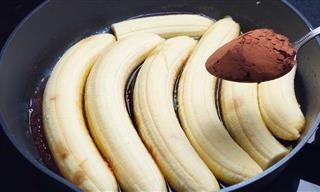 3:57
3:57
I Could Eat This Yummy No-Oven Cake Every Day!
When a sweet tooth strikes, this is the dessert to make! No oven is needed.

6 Terrific Recipes That Can Be Made with Medicinal Herbs
Find out how mallow, nettles, mint, elderberry, fennel, and chives are dutifully incorporated into these 6 delicious recipes!

Enjoy Guilt-Free, Delicious Brownies With This Great Recipe
This is a sweet brownie treat you'll definitely want to try - delicious, guilt-free four-ingredient brownies! Read the recipe here.

Consuming Too Much of These Healthy Foods Can Be Deadly
While they may appear to be healthy on the surface, you may be surprised to discover just how fatal these 6 foods can be.
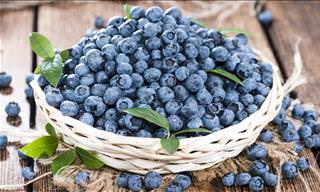
These 10 Superfoods Are Extremely Beneficial to Our Health
These 10 Superfoods are extremely good for you. Read on to find out what they are and how they are beneficial to our bodies.
 13:18
13:18
A Formula For Whipping Up Healthy 20-Minutes Meals
This video offers a delightfully simple solution for busy people - a go-to formula for healthy 20-minute meals.

6 Mistakes We Make When Making Scrambled Eggs
If you want to make the perfect scrambled egg, follow these 6 simple tips.

Serve Up Fruits and Berries in the Most Delicious Way
Here are three innovative ways to serve up fruit and berries! Dig in and enjoy.
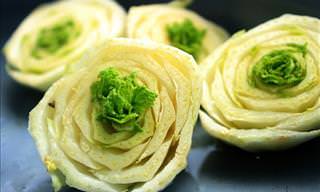
Re-Grow These 10 Vegetables - Just Use Water!
It's amazing how much money you can save by re-growing these 10 favorite vegetables! Follow our tips and instructions to learn more about how you can have a constant supply of your favorite greens, without paying an extra penny.

Impress Your Guests With This Easily Made Apple Swan!
A simple and easy way to beautify any set table with beautiful little apple swans!
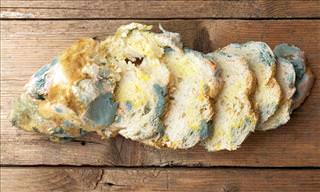 3:21
3:21
Why You Should NEVER Eat the White Part of Moldy Bread
Many of us simply cut off mold from a slice of bread and eat the rest, but you really shouldn't do that. Find out why in this informative video.

These Delicious Baked Dishes Have Become Family Favorites
These three, heavenly baked dishes have become family favorites in my kitchen. I encourage you to try them out!

Make 10 Scrumptious Dishes Using Only 3 Ingredients!
When I watch a cooking show on TV or grab a recipe book, they all look delicious, but each one requires so many ingredients – some of which I can’t even find. Using only 3 ingredients, these recipes will allow you to quickly make mouth watering dishe

Eat These Foods for Breakfast If You're Diabetic
Breakfast is a very important meal of the day, even more so if you're diabetic. Here are 8 healthy breakfast options for those who suffer from diabetes.

Cooking Mistakes: Keep These Foods Out of the Microwave!
It may seem like a good idea to reheat the following foods in microwave, but doing so could actually be a health hazard. Read on to learn more.
 4:26
4:26
THIS is Why I Love Italian Cuisine!
What makes the Italian cuisine one of the best in the world? Watch and learn.
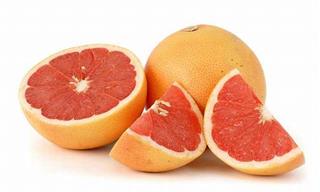
What EVERYONE Should Know About Fruits and Veggies
Amazing facts you probably don't know about the best things we should all eat every day.
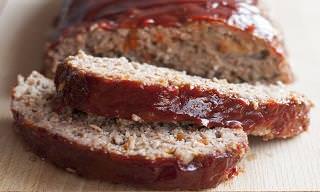
Make Delicious Meatloaf Using This Simple Recipe!
This recipe teaches you how to make the most tender, most delicious meatloaf that you have ever had.
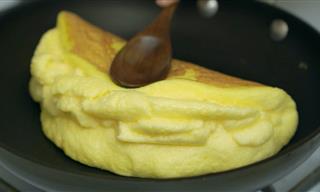 2:59
2:59
This is the Fluffiest Omelet You'll EVER Make!
If you like your breakfast eggs fluffy but juicy, don't miss out on this mouthwatering Soufflé Omelet recipe!
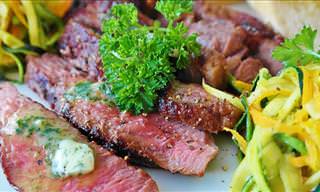
The Perfectly Seared Steak: All You Need to Know
Now that its winter, our steak cooking options are fairly limited to the stove and oven, but this isn’t a bad thing...

15 Vegetables You Can Grow in a Garden Pot!
If you would love to grow vegetables, but have a limited amount of space, then we have just the solution for you - vegetables you can grow in a pot.


